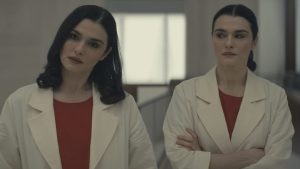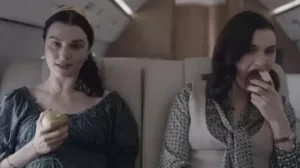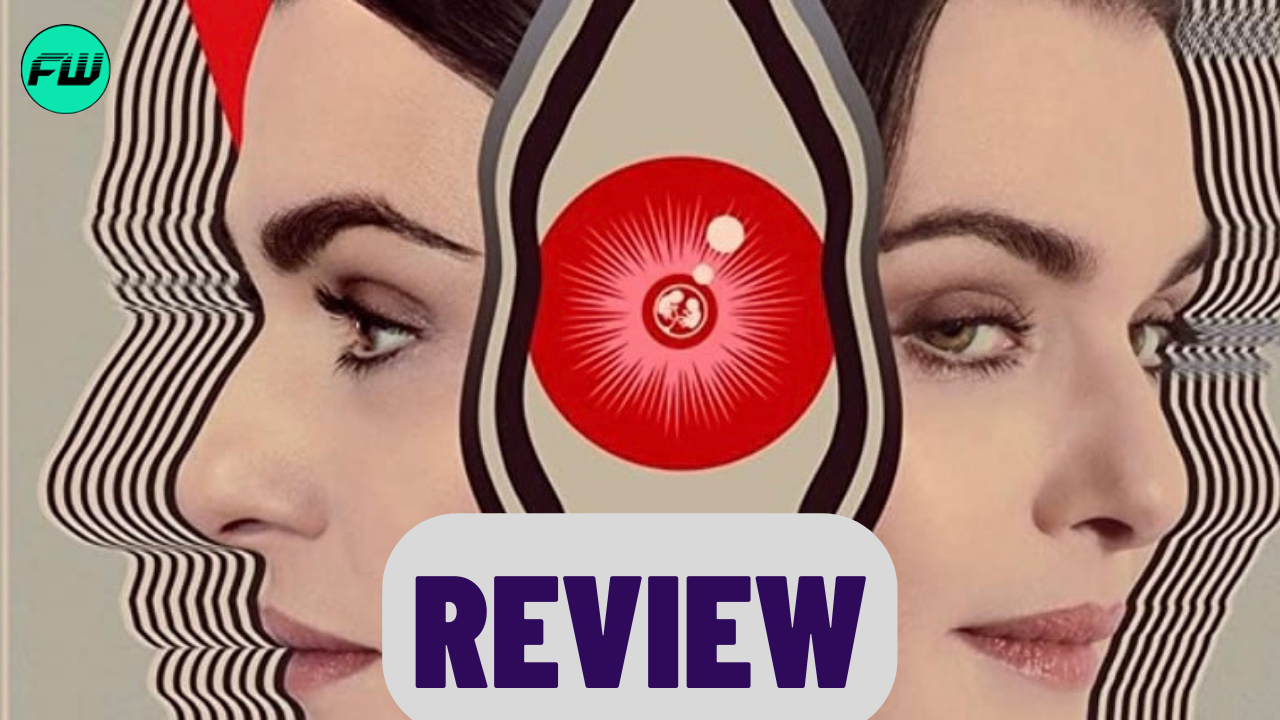Following its psychological horror thriller limited series, Swarm, Prime Video returns with a new limited series under the same cross-genre of storytelling: Dead Ringers. This six-episode series from Alice Birch is asserted to be a modern take of David Cronenberg’s late-1988 film of the same name starring Jeremy Irons. Swapping out a male duo as the central characters for female twins (both portrayed by Rachel Weisz), Dead Ringers follows in line with the same major narrative beats as its original counterpart. However, what makes this version different is the fact that each episode serves as a lengthy chapter laden with sufficient narrative detail. There is just enough to showcase a proper story by allowing viewers to know about the two protagonists and the peoples around them. With that said, it could be argued that there could be a post-modern sense of things by the Gothic manner the series presents itself.
Due to the meticulous attention to detail, viewers can expect for the episodes to play out at a slow-pace. The opening episode alone is enough to hit viewers with emotionally and psychologically heavy scenes, demonstrating the various experiences that the twins, Elliot “Ellie” and Beverly (Weisz), encounter while on the job as gynecologists.
Also Read: The Boys Season 4 Wrap Pic Confirms Finale Episode Will Be an Absolute Bloodbath

Birch’s writers’ room, consisting of herself, Ming Peiffer, Rachel De-Lahay, Miriam Battye, and Susan Soon He Stanton–with the help of story editor Lileana Blain-Cruz and staff writer Miriam Battye–, deserves all the credit for allowing the series to provide more insight into the twins’ milieus as well as the impact on love interest Genevieve (Britne Oldford), colleague Tom (Michael Chernus), and others. There is one subplot that arouses suspicion of a certain character, but by the time viewers get to the finale, it seems to suggest an exteriority to the larger picture. Still, given the respective runtimes of the six episodes, the body of the limited series successfully conveys what made the original so captivating.
Murray Gold’s composition, Lucy Bright’s music supervision of primarily ‘80s jams, and the overall use of sound design are what lends to Dead Ringers’ chilling atmosphere. While it does not play in any episode beyond the pilot, the opening title logo sequence urges the viewer into an uncanny environment, and that is just the tip of the iceberg.
Jody Lee Lipes and Laura M. Gonçalves’ use of cinematography as well as the editing team’s use of cuts are what ease viewers through, despite watching the story itself tread on thin ice. In a couple of episodes, the twins find themselves seated at tables with company. The cuts and various distinct camera angles give off a feeling of anxiety in areas where the narrative atmosphere is uncertain. In fact, these could very well be the stronger moments of the series. Another episode takes a page from Stanley Kubrick’s The Shining–aside from the obvious use of doubles–and switches angles from a 180-degree perspective. Mirrors have some effect in the episodes, yet not as often as one would believe.
Also Read: Kathryn Hahn Made Daniel Craig Extremely Uncomfortable as ‘WandaVision’ Star Swoons Over James Bond Actor’s Wife Rachel Weisz During Knives Out 2

In terms of Dead Ringers’ layers of Gothicism, there are at least a few techniques present throughout to put on a specific Gothic touch. The first technique is the use of sameness and otherness via the twins as doubles. On one hand, there is no telling Elliot Mantle apart from Beverly due to the fact that they possess identical physical appearances. At times, it gets challenging to distinguish one twin sister from another, However, as the narrative makes progression, establishing differentiations becomes facilitated.
Conversely, what makes the twins Others are their unique personalities. Rachel Weisz does an excellent job at performing dual roles as the Mantles, as opposed to the series casting two identical siblings to portray these parts. Meanwhile, around other actors, she happens to be steps ahead in terms of delivery. Whether she deals with scarfing on a falafel wrap, engaging in discourse about the medical system, mentioning a “salt water pool”, interacting with the homeless, discussing the option of abortion or gender reveals, encountering a matter of post-partum depression, or cutting into a piece of pie, Weisz manages to steal the show through a balance of disquieting drama and, at times when necessary, almost unintentional comic relief.
A second Gothic trope or technique present within Dead Ringers–and the most obvious of the three–is grottophilia. University of Windsor professor Carol Margaret Davison defines this term as, essentially, a love for space that, when investigated, insinuates “a return to the darkness of the womb”. While in psychological horror, this trope is utilized as a major element in supernatural stories tied to haunting tombs or basements, Birch’s limited series quite literally invites its characters back to the womb. For those familiar with Cronenberg’s original film, there is a proclivity for the twins to make advances in female reproduction. One huge element from the film omitted in the series is the modified surgical tool that Jeremy Irons’s twins have made.
Instead, the Prime Video series manages to grow embryos in a different fashion, one that could lead to future miracles. More so, the grottophilia aspect of Dead Ringers’ Gothicism also involves the twins’ bittersweet love for one another along with insight on their mother Linda Mantle (guest star Suzanne Bertish). A second reason why Weisz is very much a remarkable choice for the role of the twins is her depiction of sincerity. Having come from films like The Mummy or Black Widow, the actor has molded that side of her, thus permitting for an immaculate performance in the limited series.

Dead Ringers’ third, yet not-as-obvious, Gothic element is the use of repetitions, almost as if to play around with the role of metaphors. Linguistically speaking, metaphors serve the uncanny purpose of repeating an entity so as to produce new meaning and taking over old meaning. In one example, the phrase “baby sister” is repeated in a twin’s head throughout an episode simultaneously as they hear the noises of buzzing from nearby. It is a combination of repetitions such as these that contribute to the unsettling world-sphere that is Dead Ringers. The series also makes use of in media res or other plot structures to guide viewers to a previously shown or introduced point in the narrative. It is interesting to see how well the screenwriters and directors toy around with the “chapters” of the twins’ story.
With enough attention directed to this Prime Video title, Alice Birch’s Dead Ringers could easily earn itself some awards nominations as a limited series. While technical elements are laudable themselves, the writers possess the key to telling a radical narrative. Raising particular post-modern issues within the medical field and the psycho-social ecosphere such as women’s body politics or the role of race identifiable in said areas are merely the icing on what makes the show’s several episodes palatable.
The lovely casting of Rachel Weisz as the Mantle twins is truly what holds a lot of the narrative ingredients together and could be a strong reason for viewers to want to binge this title a second time. Even better is how Dead Ringers possibly includes an allusion to Paul Henreid’s 1964 film, Dead Ringer.
See the series for yourself, streaming on Prime Video 4/21, and let us know what you think!



